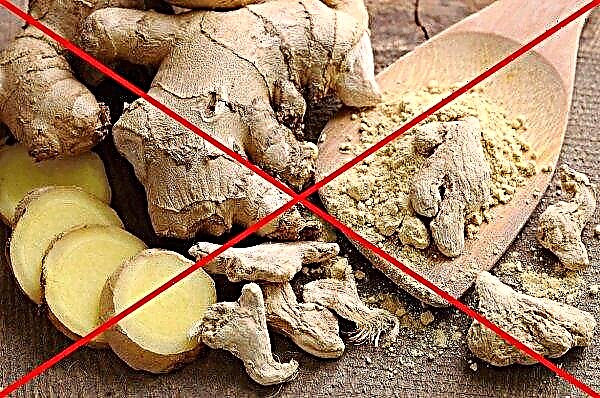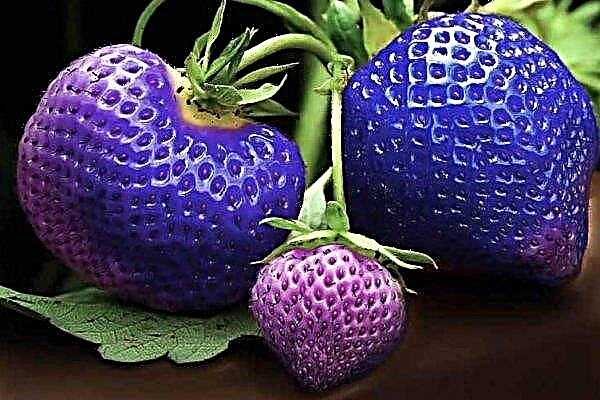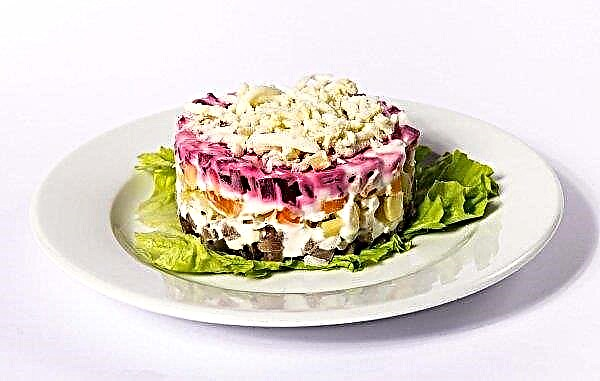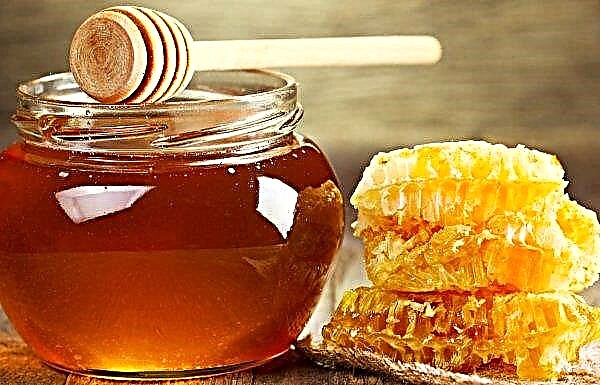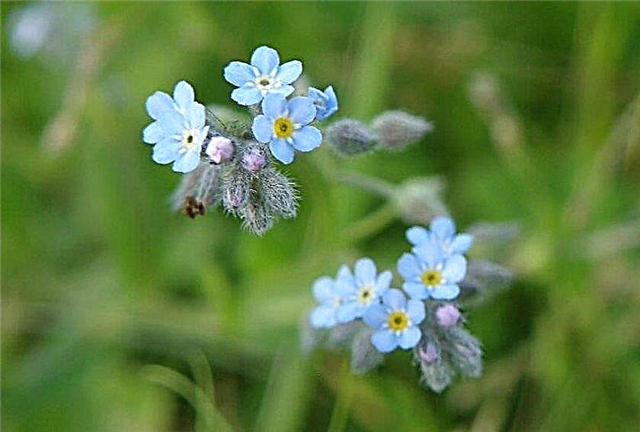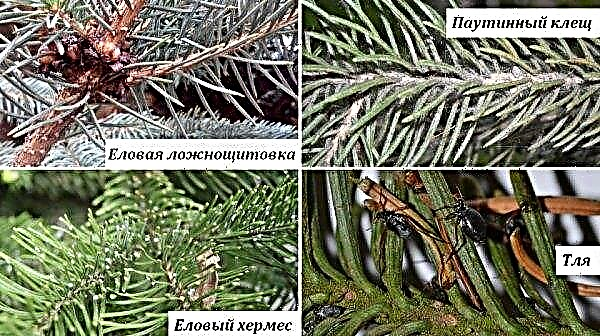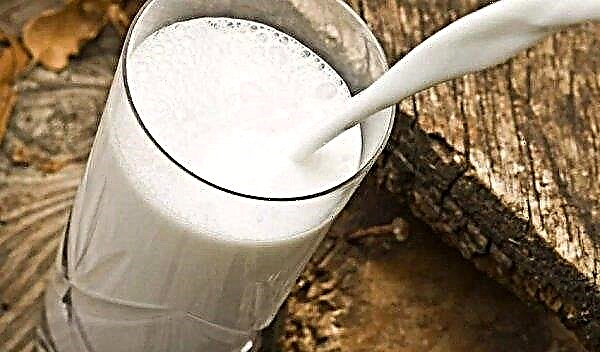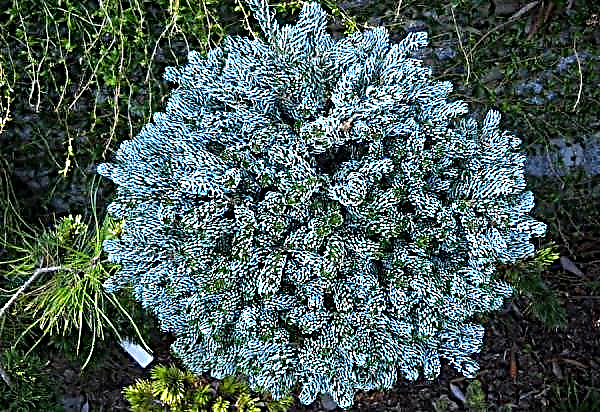Boron is a chemical element that ensures the growth, health and high yield of strawberries. Usually, boric acid is fed 3 times per season. However, during the flowering period, one must be especially careful. The article will discuss the features of the use of this tool for growing strawberries.
Purpose of boric acid
Boric acid, or orthoboric acid, is an inorganic substance that is colorless crystals. At the molecular level, it consists of 3 hydrogen atoms, 1 boron atom and 3 oxygen atoms (H3BO3). In medicine, it found application as an antiseptic, in photography - as a component of the developer.

In agriculture, it is used as fertilizer. The substance is considered safer than chemical pesticides. It also has antifungal and antibacterial properties. It works especially well in integrated pest management.
Important! Boric acid enters the human body in the form of vapors during inhalation. Although it is classified as a moderately hazardous substance, you need to work with it in a mask and gloves.
What is used for growing strawberries?
Fertilizing with orthoboric acid significantly increases the number of ovaries on strawberry bushes, improving productivity. Flowers become stronger and do not fall even with strong winds. Fertilizing with acid increases the flow of calcium to the organs of the plant, contributes to the development and restoration of the root system.

Boron affects the transport of sugar from more developed leaves to young and to berries. The fruits grow large, fleshy, juicy, do not crack from moisture, have good taste.
How to understand that strawberries need boron?
The appearance of plants will tell about the lack of boron. Top dressing with this microelement is necessary if:
- strawberry bushes lose turgor, wither (even with heavy watering);
- the leaves at the edges become dry, the veins turn red;
- ovaries cease to develop;
- flowering is weak or completely absent;
- the shape of the leaves is deformed, they are twisted into a tube, fall off.

The use of boric acid during flowering, step by step instructions
In spring, strawberries especially need extra strength - the entire future crop depends on the formation of inflorescences and ovaries. The first treatment is carried out when the buds just begin to open, the second - at the end of flowering.
The interval between works is done for at least 10 days. During the flowering of plants, not only root dressing is carried out, when fertilizers are applied directly to the topsoil, but also foliar, spraying the leaves with a nutrient solution.
Did you know? Strawberries are one of the most popular garden crops on Earth. It is grown in all corners of the globe, except for the poles and Australia.
To prepare a nutrient solution, 1–2 g (approximately ½ tsp) of boric acid is diluted in half a cup of hot water, added to 10 l of water. Strawberry bushes are sprayed with top dressing, trying to get on the flowers. Work is carried out in the evening. This will help prevent leaf burns.

For root fertilizer take:
- boric acid: 1-2 g;
- potassium permanganate: 1 g;
- wood ash: 1 cup;
- iodine: ½ tsp;
- warm water: 10 l.
Ash is poured with boiling water, let it brew for 2-3 hours. Boric acid is dissolved in a separate container, pouring about a glass of hot water. Also potassium permanganate is bred in a separate container. A potassium permanganate solution is gradually poured into a 10-liter bucket filled with water, controlling the color. The water should turn dark pink. If the solution is too dark, you can burn the plant.
Important! Before applying basal fertilizer, strawberries are abundantly watered. Otherwise, you can burn the roots of the plant.
Next, a ash solution, diluted boric acid and iodine are added to the bucket. All ingredients mix well. If you do not have wood ash, you can prepare fertilizer according to the same recipe, but without it. The resulting solution is enough to feed 30 plants. About 1 cup (250 ml) of fertilizer is poured under each strawberry bush.
Video: strawberry care during flowering
What will happen if you do not feed with boron?
If there is not enough boron in the soil, the root system of the bushes begins to rot, the nutrient components are poorly absorbed, the plants become weak and lag behind in development. This leads to the formation of small berries that ripen unevenly, the development of necrosis on the leaves and stems.
The taste of the fruit is reduced - they become watery, acidic due to lack of sugar. At the upper point of growth, photosynthesis is disturbed, it becomes pale. As a result, it can even die out.
Signs appear on the leaves chlorosis. The formation of buds and ovaries is difficult. If they appear, they quickly fall off, which leads to an inevitable loss of crop. Weakened strawberries are more prone to damage. dry and brown rot, bacteriosis.

Contraindications
You can not feed boron on acidic soils before liming (making calcite, dolomite, limestone, slaked lime). Also, the use of an acid solution during the rainy season is contraindicated.
Did you know? Each million tons of the earth's crust contains about 3 tons of boron, but you will not find its nugget. In nature, it is found only in compounds.
They don’t make fertilizers with boron with signs of oversaturation with this microelement, as a result of which specific burns appear on strawberry leaves, necrosis, the leaves turn yellow, acquire a dome shape, twist up or down.

Undoubtedly, boron is a necessary element that provides high productivity and excellent taste qualities of strawberries. However, the range between the optimal norm and toxic is small. Feeding with boric acid should be done carefully. Excess trace element is as harmful to the plant as its lack.

